News, CalWEA in the Media, and reports of interest to our members
News, CalWEA in the Media, and reports of interest to our members
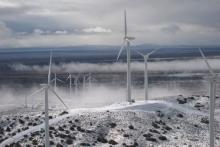
On March 15, 2017, the CAISO Board adopted a one-year extension of its PIRP Protective Measures in response to CalWEA's advocacy. CalWEA was actively engaged in the development of the initial Participating Intermittent Resource Program (“PIRP”) in 2001 and, three years ago, the PIRP Protective Measures. Both programs enable intermittent resources to deliver energy over the CAISO-controlled grid without undue exposure to imbalance charges and related costs.

Source: By Nichola Groom, Reuters • Posted: Thursday, September 15, 2016
The United States on Wednesday unveiled a long-awaited plan for desert renewable energy development that the solar and wind industries said unfairly favors land conservation and severely limits the ability to build projects critical to meeting the nation’s climate goals.
The Desert Renewable Energy Conservation Plan, eight years in the making, was designed to streamline development of wind and solar projects on federal and private lands in California while preserving pristine desert habitats.
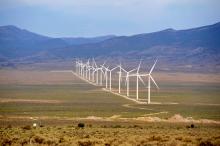
After eight years of work, the Bureau of Land Management’s (BLM) Desert Renewable Energy Conservation Plan (DRECP) will effectively foreclose development of renewable energy resources on millions of acres of federally managed lands in Southern California, said a coalition of renewable energy and labor groups in response to the federal government’s release of the plan. The plan abandons the initial promise to balance renewable development with preservation of desert land.
Politico reports that Hillary Clinton's promise of a huge buildout of new solar panels and wind turbines on federally owned deserts and scrublands may be impossible under the land-use strategy that the Obama administration is pursuing, including the Desert Renewable Energy Conservation Plan.
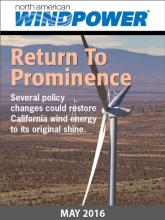
Largely credited with launching the industry in the 1980s, wind energy in California is poised for a resurgence. This article by CalWEA's Nancy Rader and Dariush Shirmohammadi discusses the challenges that must be addressed for wind energy to succeed in California's market for renewable energy.
PRESS RELEASE: SACRAMENTO – Contracts for California’s first wave of renewable energy facilities, built and producing power before the state first adopted its renewable energy targets in 2002, are expiring, and many facilities are in danger of shutting down because they are locked into low prices.
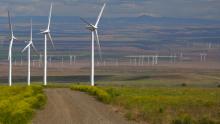
A new plan released by the federal Bureau of Land Management (BLM) puts approximately three million acres that had been available for solar and wind development off-limits. This will make it difficult, if not impossible, to achieve the plan’s stated planning goal of 20,000 MW of renewable energy and presents a challenge to the greenhouse-gas-reduction goals laid out by President Obama and Governor Jerry Brown.
The opinion piece, by CalWEA Executive Director Nancy Rader and Michael Gerrard of the Sabin Center for Climate Change Law at Columbia Law School, highlights the fact that wind energy projects are being banned or severely restricted in several California counties and, more significantly, across vast federal lands in the state. These restrictions threaten the ability to achieve California’s climate change goals.
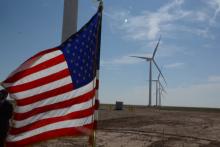
CalWEA Executive Director Nancy Rader and Michael Gerrard, professor and director of the Sabin Center for Climate Change Law at Columbia Law School, argue that the Los Angeles County Board of Supervisors should reverse course on its recent move to ban utility-scale wind turbines in unincorporated areas of the county, because such a ban is incompatible with averting the worst impacts of climate change.